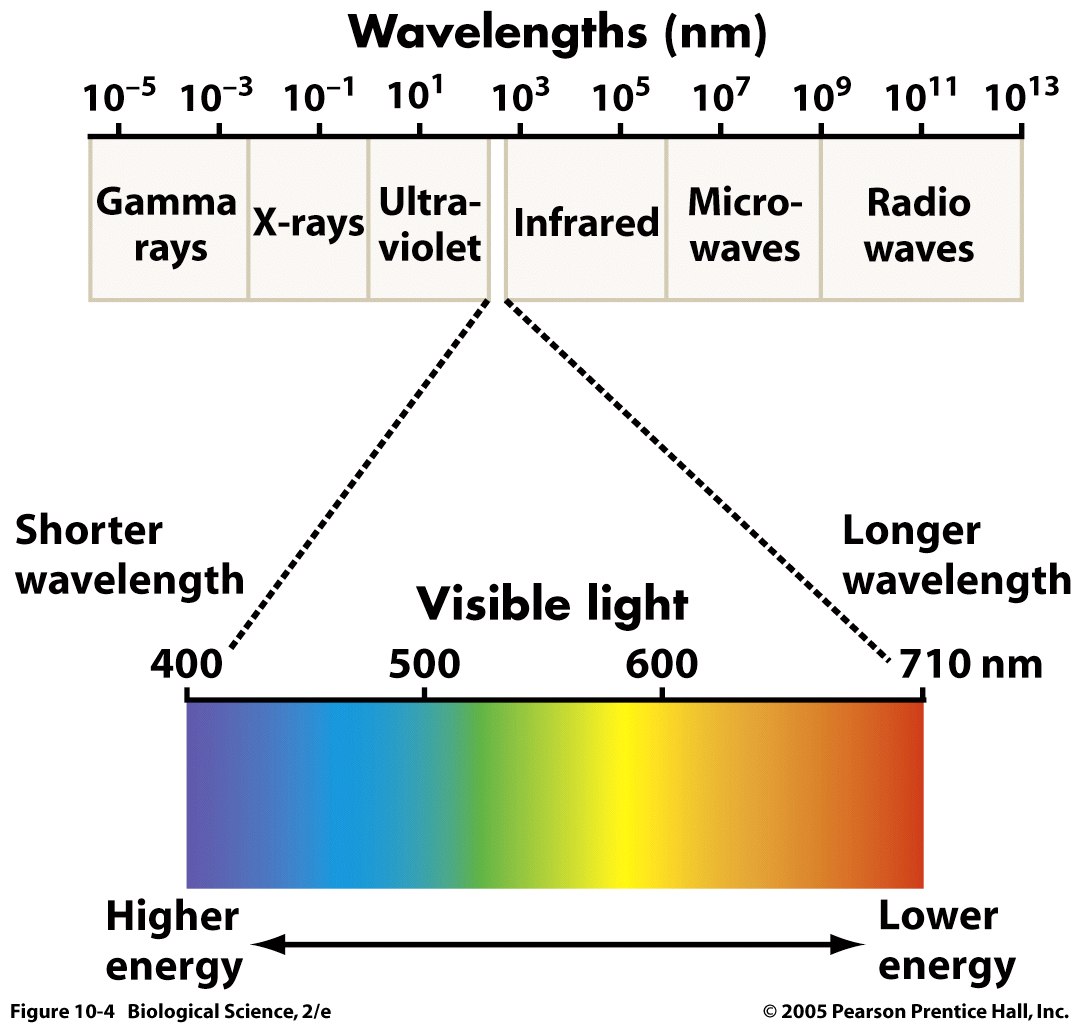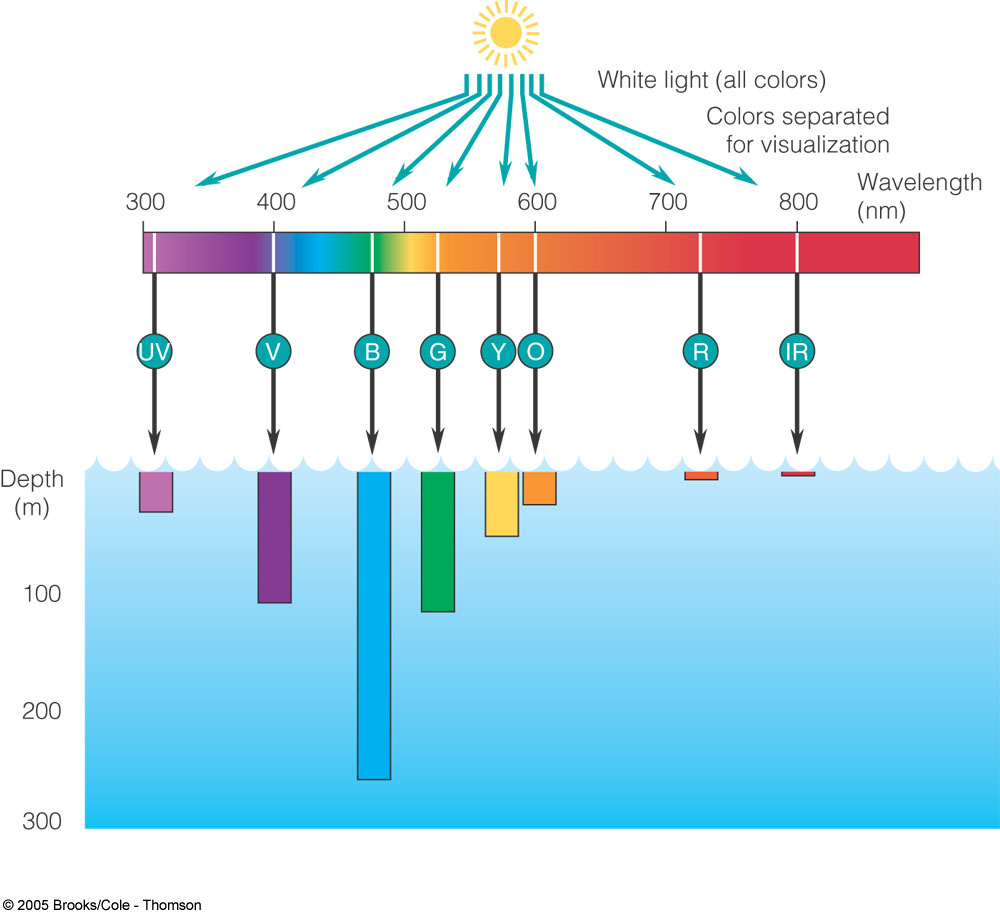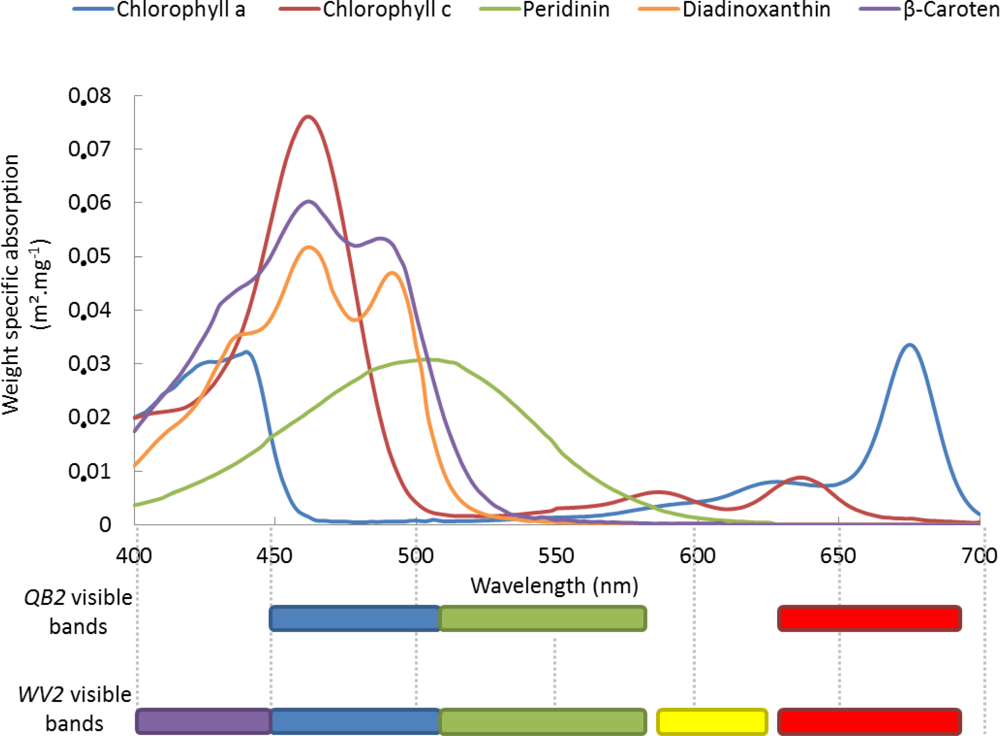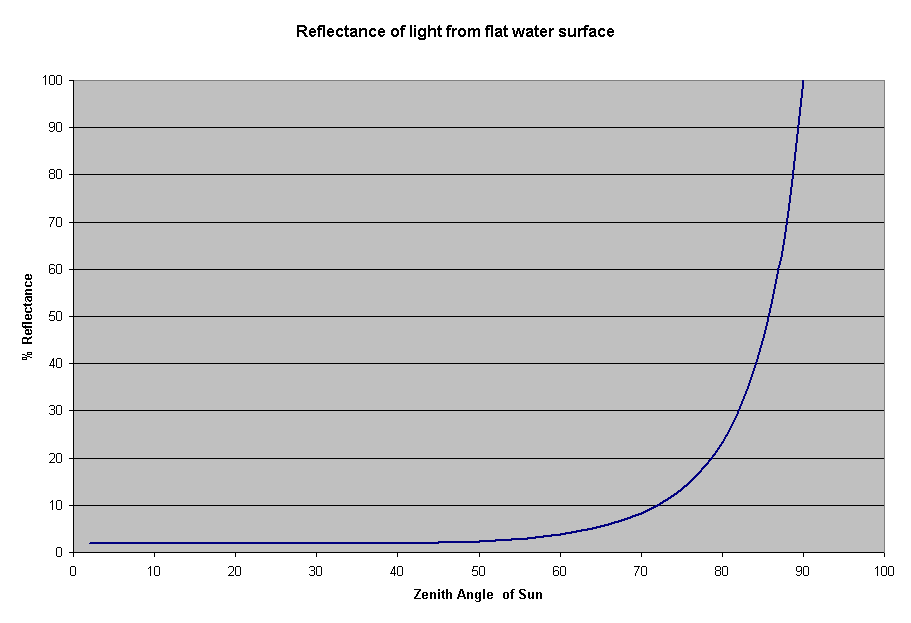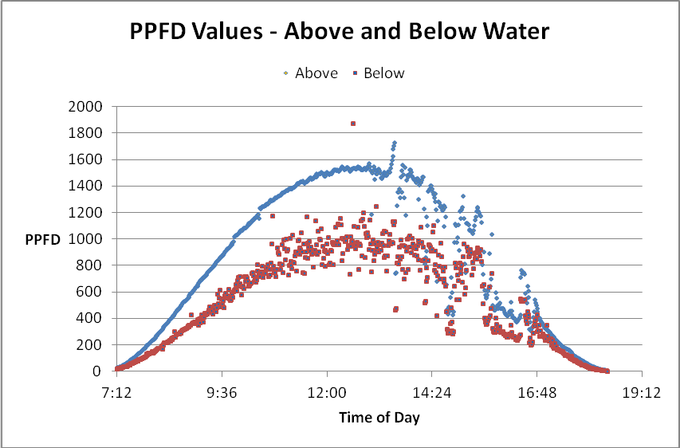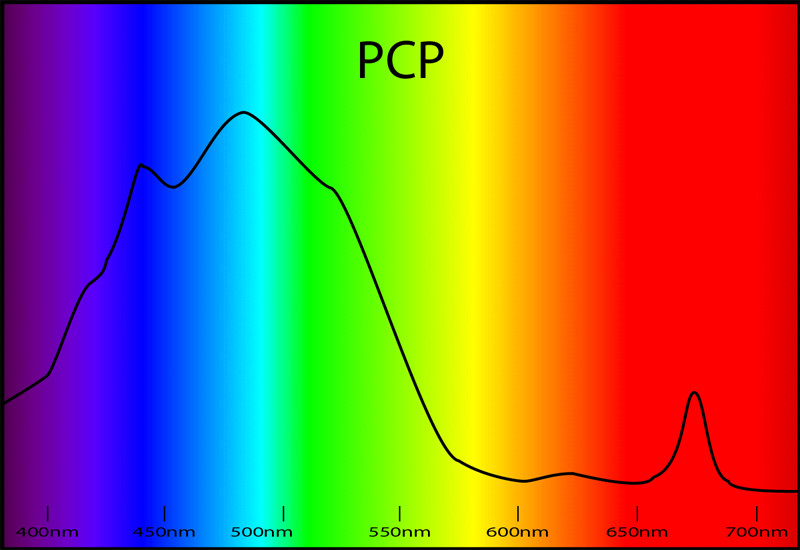I'am running a Radion XR30w pro over my frag tank plus some natural sunlight. And I have this zoas that are no getting full polyp extension with this amount of PAR. The schedule of the Radion is two hours of 6,500 K, followed by six hours of 12,000 K, and another two hours of 6,500 k before the lights go out. Whats your opinion on why they are no getting complete polyp extension?

PAR they are getting.

Zoas not getting full polyp extension.


PAR they are getting.
Zoas not getting full polyp extension.









